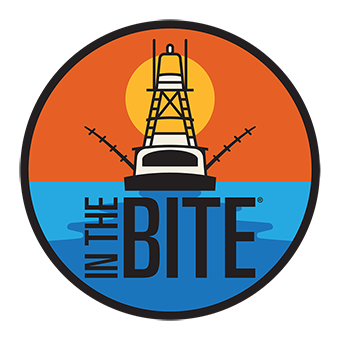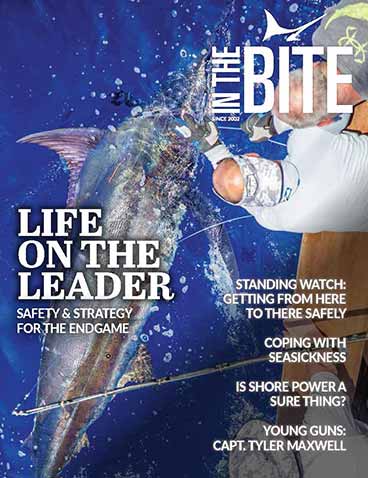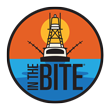The Pacific Coast of Colombia — World Class Fishing and Hospitality
Discovering Colombia's Fishing ParadiseA Serendipitous OpportunityThe Journey to Bahia SolanoFirst Impressions and Local HospitalityBlack Sands Lodge: A Fisherman's RetreatThe Unmatched Fishing ExperienceA New Frontier for Anglers Is Colombia Safe for Tourists? The first thing that pops into most people head when you mention Colombia is the question, Is it safe? The short







